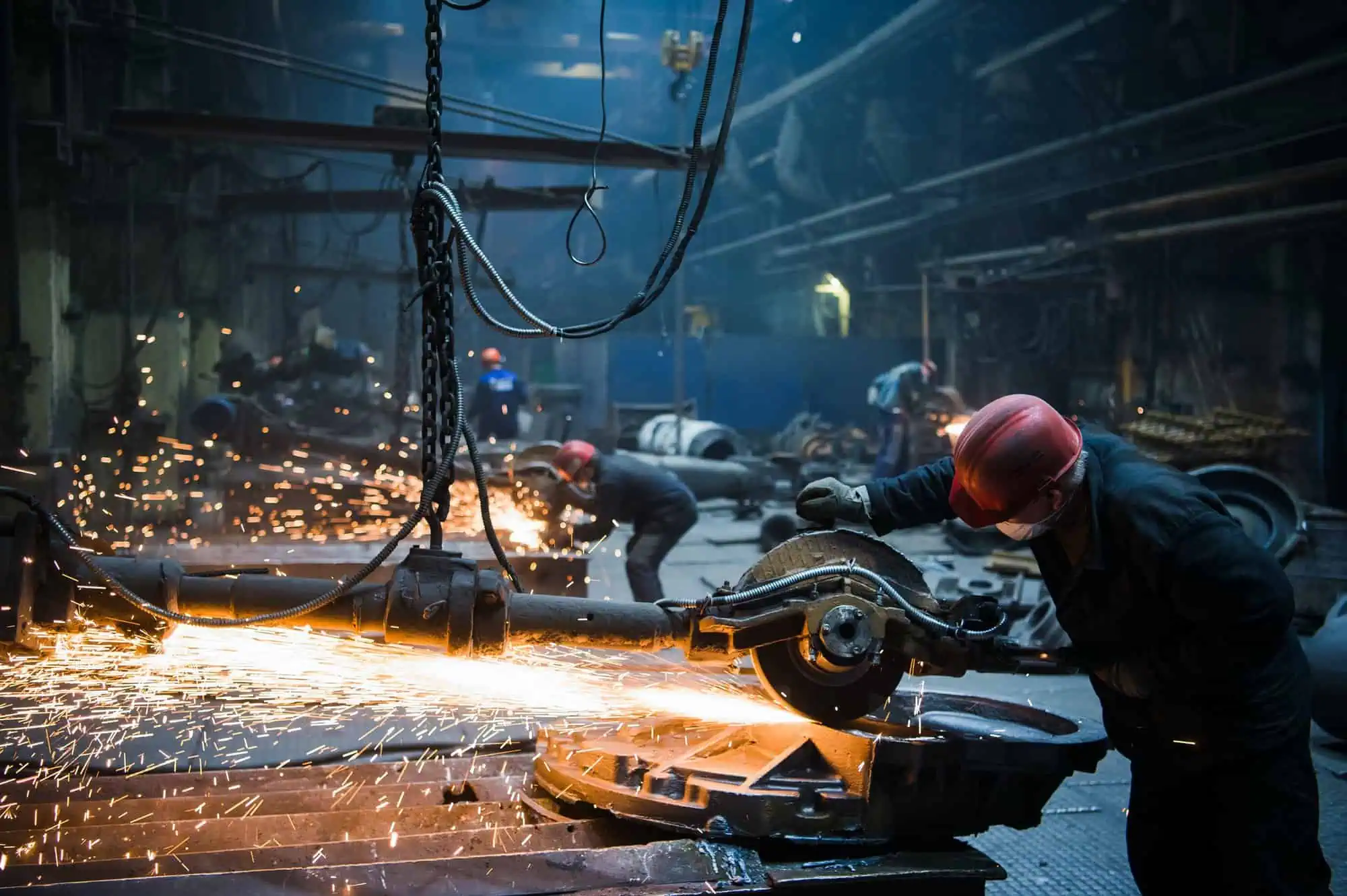


Manual quoting is more than just slow. It creates real, compounding drag on your business:
The biggest freight forwarders in the world—Flexport, Maersk, DSV—are racing to solve this internally. But 99% of the market still quotes like it's 2005.
AI Changes Everything—And It’s Already Here
Artificial intelligence isn’t just a buzzword anymore. In freight quoting, it’s a practical, deployable tool with measurable impact.
Here’s what AI-powered quoting looks like in 2025:
What used to take 30 minutes now takes 30 seconds.
From Reactive to Predictive Freight Ops
With AI quoting, your business goes from reacting to requests to forecasting demand and optimizing pricing in real time.
You don’t just respond—you learn:
This intelligence gets sharper over time. AI systems improve with every quote, every click, every outcome. It becomes a compounding advantage—one manual quoting can’t match.
There’s a common fear in logistics: “AI will replace our team.”
But that’s not what’s happening.
AI quoting doesn’t eliminate the operator. It augments them. It eliminates the repetitive, brainless tasks—so your team can focus on what actually wins deals:
AI quoting is the calculator to your math genius. The GPS to your driver. The tool doesn’t replace you—it empowers you.
Manual quoting won’t just be slower—it will cost you business.
In a world where your competitors quote in seconds, your delay feels like disinterest. Shippers will stop waiting. Customers will gravitate to the teams that feel fast, responsive, and trustworthy.
Eventually, speed will become the expectation—not the advantage.
Just like paper bills of lading, carbon copy forms, or faxed rate sheets—manual quoting will soon be a relic. An expensive one.
The best part? You don’t have to scrap your workflow to adopt AI.
Modern quoting tools can plug directly into your email inbox (Gmail or Outlook), read and understand inbound RFQs, and generate draft replies using your historical pricing and logic. They work with your existing team, not against them.
Setup takes hours—not months.
Results show up in days.
The fastest-growing forwarders are no longer just better at logistics. They’re better at quoting.
They quote faster, more accurately, more often.
They close deals while competitors are still formatting spreadsheets.
They learn with every shipment—and improve automatically.
The freight world is changing. The quoting game is changing.
And those who wait too long will wake up to find they’ve been left behind.